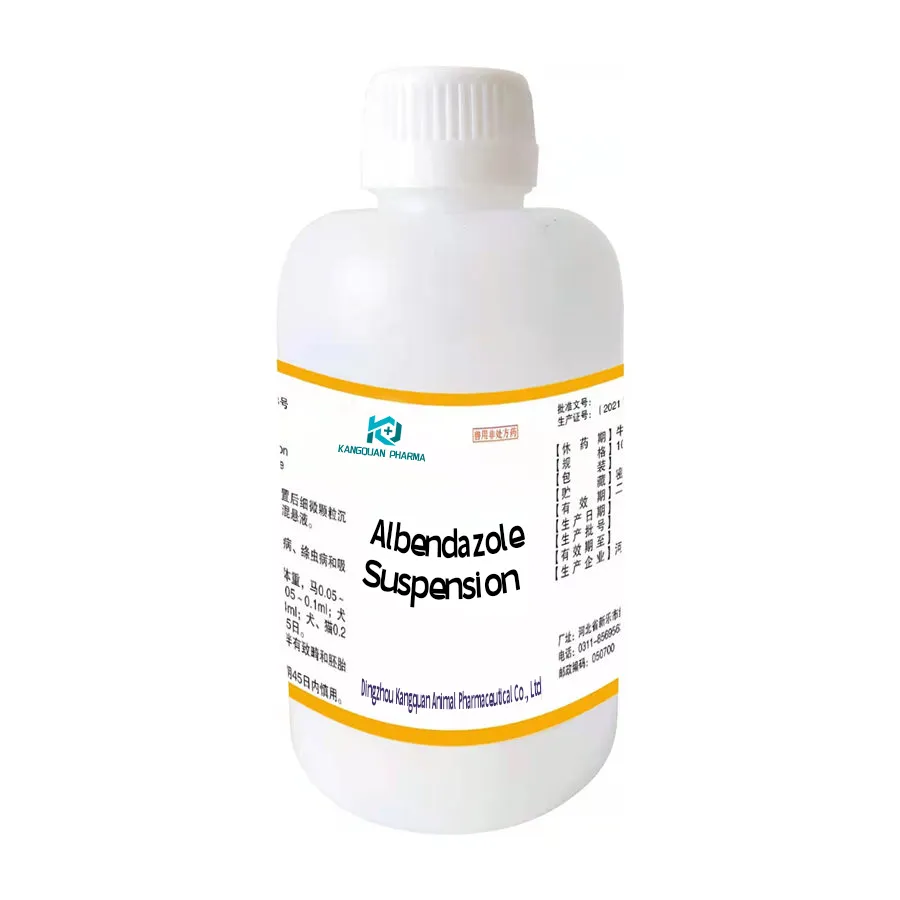- Afrikaans
- Albanian
- Amharic
- Arabic
- Armenian
- Azerbaijani
- Basque
- Belarusian
- Bengali
- Bosnian
- Bulgarian
- Catalan
- Cebuano
- Corsican
- Croatian
- Czech
- Danish
- Dutch
- English
- Esperanto
- Estonian
- Finnish
- French
- Frisian
- Galician
- Georgian
- German
- Greek
- Gujarati
- Haitian Creole
- hausa
- hawaiian
- Hebrew
- Hindi
- Miao
- Hungarian
- Icelandic
- igbo
- Indonesian
- irish
- Italian
- Japanese
- Javanese
- Kannada
- kazakh
- Khmer
- Rwandese
- Korean
- Kurdish
- Kyrgyz
- Lao
- Latin
- Latvian
- Lithuanian
- Luxembourgish
- Macedonian
- Malgashi
- Malay
- Malayalam
- Maltese
- Maori
- Marathi
- Mongolian
- Myanmar
- Nepali
- Norwegian
- Norwegian
- Occitan
- Pashto
- Persian
- Polish
- Portuguese
- Punjabi
- Romanian
- Russian
- Samoan
- Scottish Gaelic
- Serbian
- Sesotho
- Shona
- Sindhi
- Sinhala
- Slovak
- Slovenian
- Somali
- Spanish
- Sundanese
- Swahili
- Swedish
- Tagalog
- Tajik
- Tamil
- Tatar
- Telugu
- Thai
- Turkish
- Turkmen
- Ukrainian
- Urdu
- Uighur
- Uzbek
- Vietnamese
- Welsh
- Bantu
- Yiddish
- Yoruba
- Zulu
Novemba . 09, 2024 02:07 Back to list
Gentamicin Sulfate Ointment 0.3% for Effective Infection Treatment and Skin Care
Gentamicin Sulfate 0.3% Ointment An Overview
Gentamicin sulfate is an antibiotic that belongs to the class of aminoglycosides. It is primarily used to treat infections caused by certain bacteria. In recent years, gentamicin sulfate has gained attention in topical formulations, particularly in the form of a 0.3% ointment. This preparation is commonly used in various medical fields, including dermatology and ophthalmology, due to its efficacy in combating gram-negative and some gram-positive bacterial infections.
Composition and Mechanism of Action
Gentamicin sulfate ointment contains 0.3% gentamicin, a potent antibiotic that acts by inhibiting bacterial protein synthesis. By binding to the 30S ribosomal subunit of susceptible bacteria, gentamicin disrupts the process of translation, leading to the production of faulty proteins. This effectively halts bacterial growth and replication, allowing the body's immune system to eliminate the infection.
The 0.3% formulation strikes a balance between efficacy and safety, making it suitable for topical application. The ointment base enhances the retention of the medication on the skin or mucous membranes, providing prolonged contact time with the affected area, which can lead to better therapeutic outcomes.
Clinical Applications
Gentamicin sulfate 0.3% ointment is widely used for various skin and soft tissue infections. Its primary indications include
1. Skin Infections The ointment is effective against localized infections such as impetigo, infected wounds, and skin ulcers. It is particularly useful in cases where the infection is due to gentamicin-sensitive bacteria.
2. Ocular Infections In ophthalmology, gentamicin sulfate is used to treat infections of the eye, including bacterial conjunctivitis and keratitis. Its anti-bacterial properties help in resolving these infections quickly, minimizing the risk of complications.
3. Otitis Externa It is also effective in managing otitis externa, more commonly known as swimmer’s ear. The ointment can be applied to the ear canal to eliminate infection and reduce inflammation.
Dosage and Administration
gentamicin sulfate 0.3 salep

The application of gentamicin sulfate 0.3% ointment should be done according to medical recommendations. Generally, a thin layer of the ointment is applied to the affected area 1 to 3 times daily, depending on the severity and extent of the infection. Care should be taken to clean the affected area before application to ensure maximum absorption.
For ophthalmic use, the ointment should be applied to the infected eye(s) as directed. Proper hygiene is imperative to prevent contamination of the tube and the ocular surface.
Contraindications and Precautions
While gentamicin sulfate ointment is effective, it is essential to consider certain precautions. It should not be used in individuals with a known hypersensitivity to gentamicin or other aminoglycosides. Additionally, caution is advised in patients with impaired renal function, as systemic absorption, although minimal with topical application, can occur.
Prolonged use of gentamicin ointment may lead to bacterial resistance. Hence, it is vital to adhere to the prescribed duration of treatment. If there is no improvement within a few days, or if symptoms worsen, patients should seek medical advice promptly.
Potential Side Effects
Though generally well-tolerated, gentamicin sulfate 0.3% ointment may cause localized side effects, including
- Skin irritation - Redness - Itching - Dryness
In rare cases, systemic absorption can lead to more serious side effects, particularly with misuse or prolonged application. Therefore, patients should be aware of these potential reactions and report any unusual symptoms to their healthcare provider.
Conclusion
Gentamicin sulfate 0.3% ointment is a valuable tool in the treatment of bacterial infections of the skin and eyes. Its efficacy, coupled with a favorable safety profile, makes it an essential component in the management of various infectious conditions. As with any medication, adherence to medical guidelines and awareness of potential side effects are critical to ensure optimal therapeutic outcomes. Always consult healthcare professionals for proper diagnosis and treatment recommendations tailored to individual health needs.
-
Guide to Oxytetracycline Injection
NewsMar.27,2025
-
Guide to Colistin Sulphate
NewsMar.27,2025
-
Gentamicin Sulfate: Uses, Price, And Key Information
NewsMar.27,2025
-
Enrofloxacin Injection: Uses, Price, And Supplier Information
NewsMar.27,2025
-
Dexamethasone Sodium Phosphate Injection: Uses, Price, And Key Information
NewsMar.27,2025
-
Albendazole Tablet: Uses, Dosage, Cost, And Key Information
NewsMar.27,2025













